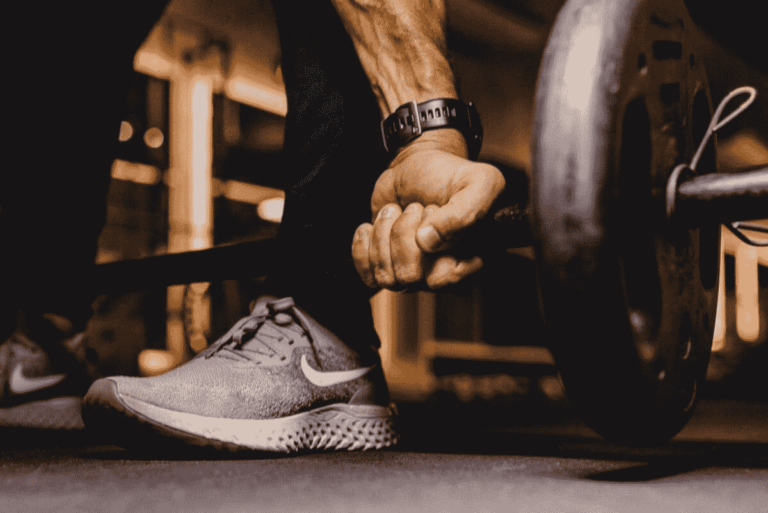Expert Tips on Rehabilitation Exercises for Injured Athletes
Have you ever wished you could learn how an athlete brings his or her body back into top form after injury? It means that it is not about passive, to rest or wait for the injured part to recover itself. Physical therapy activities help a great deal in this process of recovery. Here we will share some valuable information about the great rehabilitation exercises suggested by the super sports personalities.
By the end of this post, you’ll know how to use many types of exercises, including water-based workouts, to recover effectively and safely.
1:Understanding Rehabilitation Exercises
Physical therapy is critical in the process of healing from an aggravated part of the body. They assist in regaining strength, regaining physical improvement, decreasing pain, and avoiding future mishaps.
To the athletes, this means gently approaching exercises to avoid more straining of the injury area. Such exercises not only work on flexibility but also help the general recovery process to initiate to provide a quicker and safer route to resume regular activity level.
2:Aqua Therapy for Injured Athletes
Hydrotherapy is very effective in cases of rehabilitation after an injury. This type of therapy involves the use of water since it brings ease to the patient’s body support and movements.
Now if an athlete has an injury then this is very effective for him or her because he or she can exercise or without much joint stress. Besides, endurance improves amplified by the fact that water presents a form of resistance that does not contribute to straining muscles anymore.
3:Benefits of Water Exercise
The main advantage of water workouts is: First, they are minimal strain exercises in comparison to their counterparts done on solid ground.
Second, the buoyancy of water and its natural viscosity build muscle tonnage without involving such poundages. Third, it is strangely likely, and it is anticlerical, which means that merely being in the water is helpful for stress and pain relief.
Furthermore, my research showed that water exercises help to increase blood circulation, which is especially important during the course of a healing process and, therefore, speeds up recovery.
4:Aquatic Rehabilitation Exercises
Swimming exercises seem to be a good way to rehabilitate. Some of these exercises can comprise water walking, swimming as well as the water weight exercise. As it is realized exercising on water is able to support uprightness and create sturdiness.
It is a full-body exercise that has very little impact on the joints, thus it is suitable, especially for people with injuries. Water weights give a safe approach to mass building since the exercises do not put further strain on the limbs. Also, these exercises are flexible in a way that can cater to a person’s fitness level and hence gradual and effective recovery can be achieved.
5:Hydrotherapy Workout Tips
There are several things to bear in mind when doing hydrotherapy workouts. Rise gradually and remember that an essential point is to follow your sensations if you feel pain, stop.
Special attention should be paid to finding a trainer who has some skills in teaching water workouts. They can give you that preferred workout plan that will keep you safe and active at the same time. Further, you may find useful information on the following source: https://www.americansportandfitness.com/products/water-aerobics-certification
6:Staying Motivated During Recovery
It is not very easy to remain motivated while in recovery, and the use of achievable goals can go a long way in aiding recovery. It should also be very encouraging to mark every victory, no matter how small it may seem.
The same applies to having a strong support base. Friends and family can help make suggestions and keep you motivated and on your routine. Always remember the fact that recovery is a long cycle and takes time but once you get back to it you can go back to your sport. The fact that progress is being made, failure is not the end, and having a can-do attitude makes the voyage less arduous and far more enjoyable.
7:Helping Injured Athletes Recover Faster
Rehabilitation exercises are imperative in the rehabilitation of injured athletes, as they result in improvement in strength, flexibility, and quick recovery. No matter what type of exercises you choose beginning with aqua therapy or other forms of cardiovascular exercises, the important thing is to begin slowly and be regular.
FAQs
1. First of all, WHO IS aqua therapy and HOW does it work on the prevention or acceleration of AN INJURY RECOVERY?
Water therapy or hydrotherapy entails the use of water as patients perform exercises intending to hasten healing. It will minimize stress on joints, build stamina by utilizing water resistance construct, and also enhance healing circulation.
2: What are the utilities when exercising in water during rehabilitation?
Water exercises are fun as they allow little pressure on the joints which are affected by arthritis. The naturality of water contributes to developing upper body strength and pulling muscles without weights and the water supports the body weight. Also, being in water shields one from stress, as well as minimizes pain sensations, and boosts blood circulation for quicker healing periods.
3: it is possible to design aquatic rehabilitation exercises to suit the specific needs of the patients?
Indeed, exercises that can be performed in water such as water walking exercises, swimming exercises, and water weight exercises can be modified and prescribed depending on the person’s fitness and recovery level. This allows for a step-by-step and relatively safe manner in order to attain full recovery.
4: What should one avoid during the hydrotherapy workouts?
It is necessary to remember that the starting rate should be mild and the focus should be on the body. By that, you need to know that if you feel any pain at all while doing it, then you should stop. Assistance provided by a competent trainer means developing an efficient treatment program with no risk of a patient being improperly taken care of throughout the process.
5: How does an athlete motivate oneself during the process of rehabilitation?
More importantly, one must set mini targets, and intermediate and celebrate these milestones on the way to achieving their targets. They encourage them as friends and family so they have more people behind them and motivate them. Staying positive, or being positive in general, and making the recovery process a rewarding process also play a very important role.




